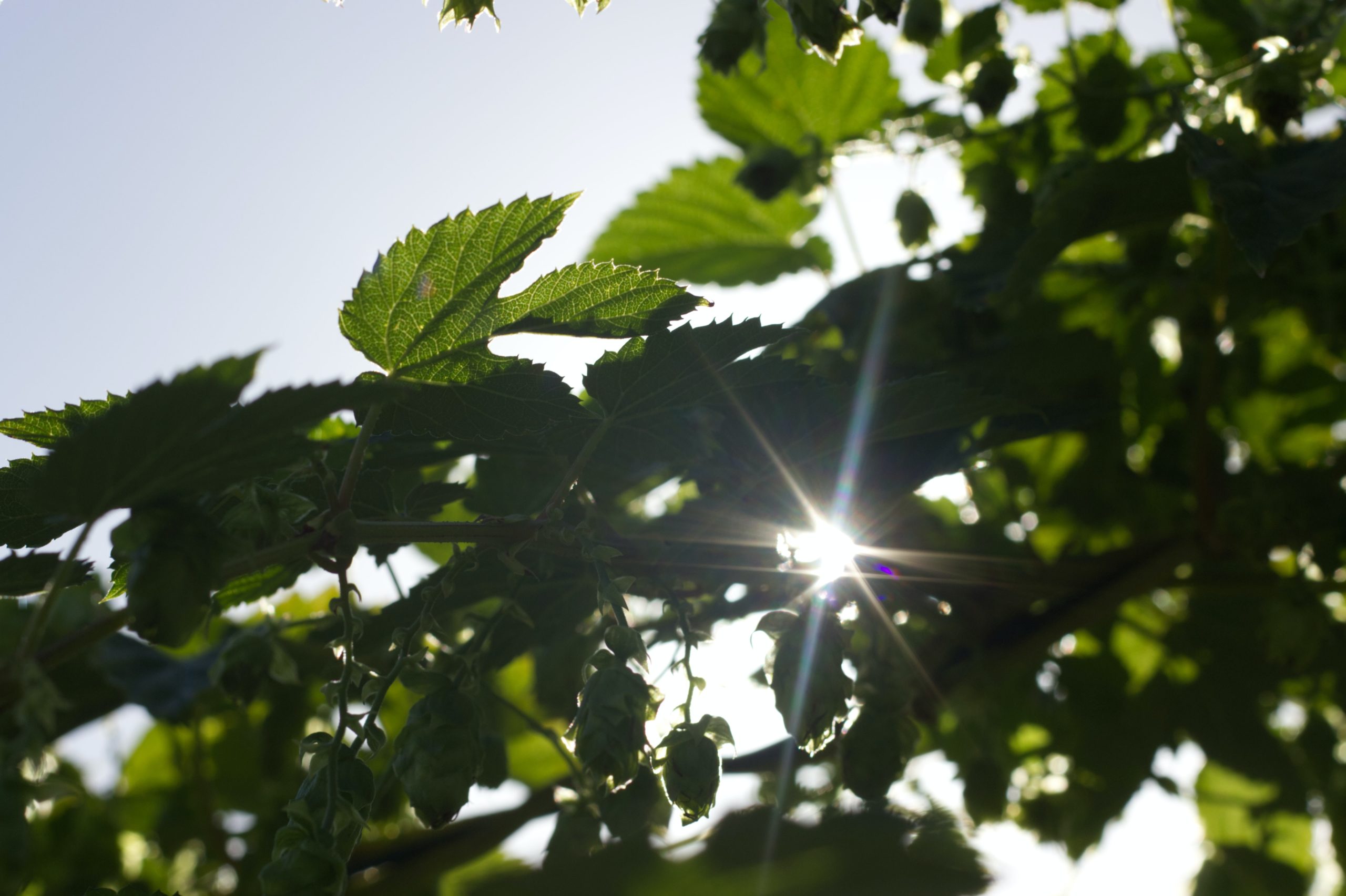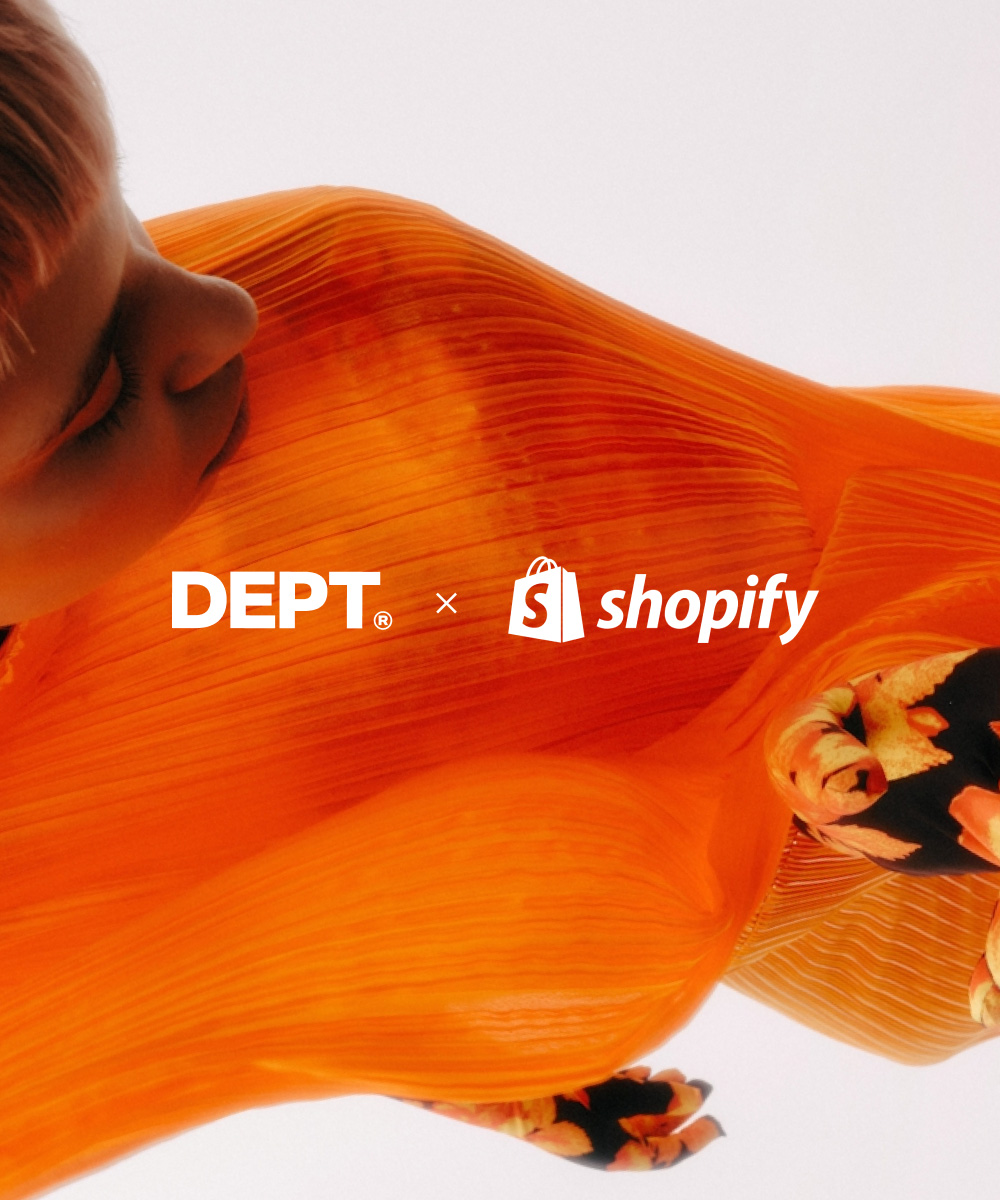What brands can do to further embrace sustainability

Nowadays, most of us have more faith in brands to change the world than traditional institutions. So in an era where 53% of the population believes that brands can do more to solve social problems than governments, what are companies truly doing to contribute to a better planet? At WebSummit 2019 sustainability was a hot topic with many speakers and panel discussions revolving around how brands can do better.
What is sustainability?
Since sustainability is currently a buzzword that many companies are trying to embody, let’s start with the basics. According to dictionary.com, it means “the quality of not being harmful to the environment or depleting natural resources, and thereby supporting long-term ecological balance.” Now, this is a very vague definition which means companies use the term to describe any initiative they take from installing solar panels to printing double-sided instead of single-sided. However, since consumers around the world are pushing for brands to be more sustainable, companies are taking bigger and bigger steps to meet this demand.
Finding a balance
Consumers, nowadays, are demanding ultimate transparency from brands, who oftentimes feel pressured to change all aspects of their business at once. But this is not always a smart idea and can lead to companies feeling overwhelmed and losing their core identity. Instead, ensure that any sustainability projects match your business proposition but will also be welcomed by your target audience. It’s about finding a balance between these two aspects. Because you can have the most sustainable supply chain, but if your product is not desirable or if your prices are not in line with your target demographic your product will, unfortunately, not sell.
The triple bottom line
In addition to focusing your energy on innovating the appropriate business aspect, there is a new way for brands to measure their results, it’s called the Triple Bottom Line, commonly known as the 3Ps: people, planet and profit. It’s a measure of sustainability that includes financial, social and environmental performance measures.
- The people aspect focuses on employees but also the community at large. The bottom line here is about ensuring fair payment but also involves the company’s impact both directly and indirectly on the general public.
- The planet bottom line is concerned with the size of a company’s ecological footprint and the goal is to keep it as small as possible.
- Lastly, the goal of almost all brands is to generate a profit so naturally, that is also something that should also be measured.
By incorporating those three elements into all new products or services, brands become more profitable whilst reducing their carbon footprint. According to a 2018 Nielsen report, 49% of shoppers say they are willing to spend more to support eco-friendly practices. Also, it has been proven by multiple studies that, on average, companies who use the triple bottom line outperform those that don’t on the Dow Jones stock market Index. So including sustainability in your long-term goals pays off.
Be authentic
The successful use of the 3P’s is one of the reasons Patagonia is doing so well. Other than that there’s also the fact that sustainability is not simply a label they put on themselves or a couple of their items. Instead, they embody the concept from the production process to the after-sales services they offer. They combine authenticity with thoughtful design. Overall, consumers demand that companies be more sustainable. After all, these are the institutions we now put our trust in. But we’re not all Patagonia. Not all businesses started out with sustainability as part of their DNA. So how can companies still epitomize sustainability? By evolving and making it apart of their core. Then proceed to be open and transparent about it. Talk about your goals with both consumers and employees and be honest about your progress. For example, Oatly, the oat milk company, publishes its annual report and they will be upfront about whether or not they met their set environmental goals and if not, what will they do about it the following year. This transparency and openness have contributed to the company’s highly positive brand perception amongst consumers.
Sustainability is like a highway
Knowing what business aspect to focus on to lower your carbon footprint in addition to using the Triple Bottom Line method to measure success and embodying to the fullest your initiatives is a recipe for success. Christiana Figueres, a world authority on global climate change, compares a company’s journey to a highway. There are several lanes. Brands that are pioneers are zooming through traffic on the left lane. Brands that are much slower to adapt are in the right lane. Then there are a few companies that run into issues. Those are the cars you see standing still on the edge of the highway with their orange lights blinking. Don’t be the car that slows down and starts looking back at the crashed car and gets distracted. These brands just need to figure out how to kick start their engine and will be up and running in no time. Keep going strong in your own lane because every mile you drive is progress.
More Insights?
View all InsightsQuestions?
VP of Marketing, EMEA



